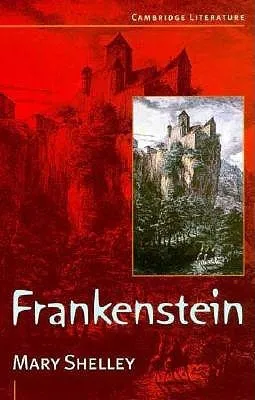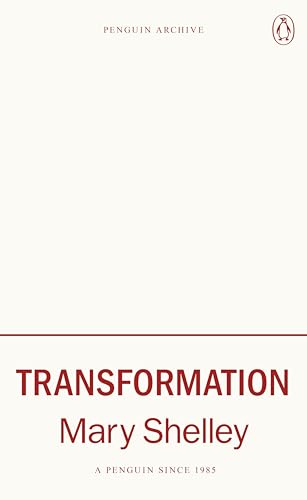`Frankenstein' has entered world culture as a striking and terrifying image--but of what? The novel is a remarkable achievement of a young woman still in her teenage years and this edition of Mary Shelley's visionary work explores its many possible layers of meaning. Science, horror and pathos are compounded to form an explosive combination. . . Cambridge Literature is a series of study texts which presents writing in the English-speaking world from the 16th century up to the present day. The series includes novels, drama, short stories, poetry, essays and other types of non-fiction. Each edition has the complete text with an appropriate glossary. The student will find in each volume a helpful introduction and a full section of resource notes encouraging active and imaginative study methods.
Mary Shelley
Mary Shelley was an English novelist, best known for her Gothic novel "Frankenstein; or, The Modern Prometheus," published in 1818. She was born in 1797 and was the daughter of political philosopher William Godwin and feminist Mary Wollstonecraft. Shelley's literary style is characterized by its exploration of existential themes, the consequences of scientific experimentation, and the complexities of human nature. "Frankenstein" is considered a seminal work of science fiction and has had a lasting impact on the genre, inspiring countless adaptations and interpretations. Shelley's other notable works include "The Last Man" and "Mathilda." Her contributions to literature have solidified her as one of the most important figures in the Gothic literary tradition.






